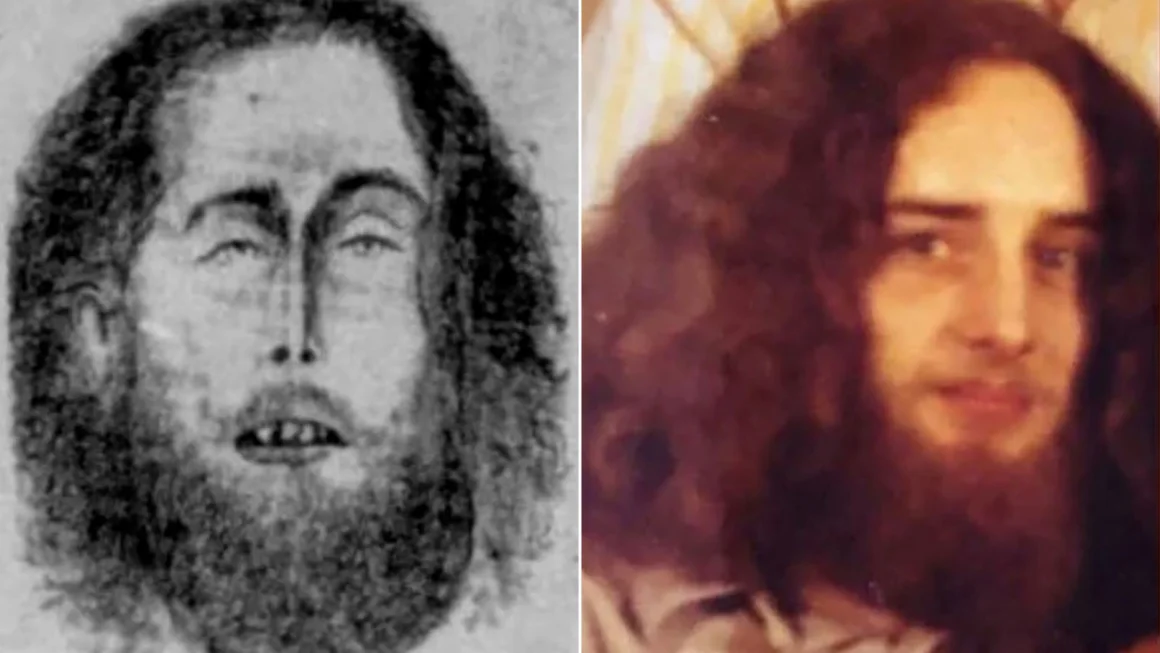In 1977, during one of Pennsylvania’s harshest winters, a group of hikers stumbled upon a chilling discovery—a man’s frozen body in a cave beneath the Pinnacle, a popular viewpoint on the Appalachian Trail. This man, later dubbed the “Pinnacle Man,” would remain unidentified for nearly 50 years. His body was discovered in January, amidst nearly 50 inches of snowfall, which made the discovery all the more eerie.

When authorities first examined the body, they found little to go on. An autopsy revealed that the man had died from an overdose of barbiturates, specifically Phenobarbital and Pentobarbital, leading the coroner to rule the death a suicide. However, without any clear identification, the case quickly turned cold. The man’s fingerprints and dental records were taken, but a key piece of evidence—the fingerprint card—was lost, stalling any further progress in identifying him.
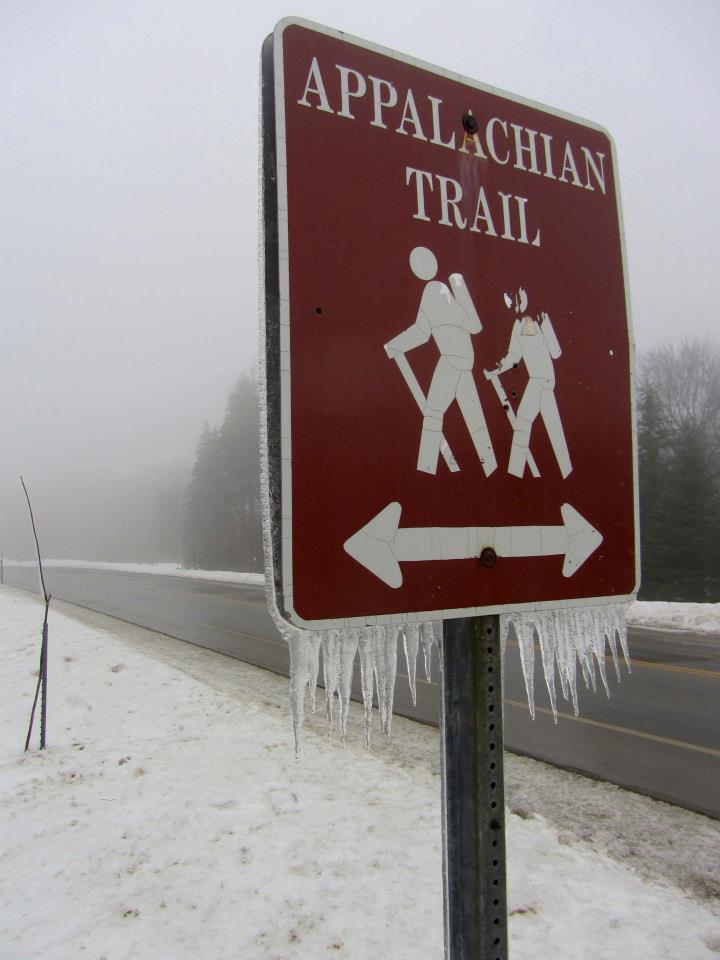
Years later, the man was finally identified as Nicholas Paul Grubb, a 27-year-old from Fort Washington, Pennsylvania. Nicholas, known as “Nicky” by his family, had served in the Pennsylvania Army National Guard before receiving an honorable discharge in 1971. However, his life took a tragic turn, leading him to the Pinnacle where he was found frozen. His identity remained unknown for decades, leaving his family in the dark about his fate.

Despite the advancements in forensic technology, it wasn’t DNA or high-tech methods that solved the mystery. In 2019, authorities exhumed Grubb’s body in hopes of using modern DNA techniques to link him to two missing person cases, but these efforts were unsuccessful. Instead, it was an old-school approach that cracked the case wide open—a detective’s persistence in revisiting old files.
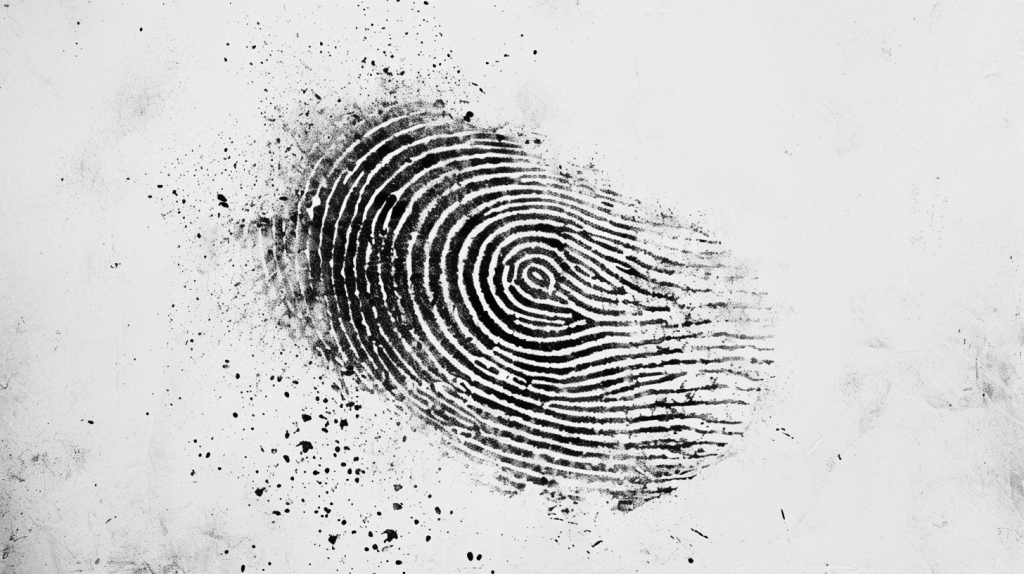
In August 2024, a significant breakthrough occurred when a Pennsylvania State Police detective found the missing fingerprint card from Grubb’s 1977 autopsy. This discovery was crucial. Within an hour of submitting the prints to the FBI’s database, the “Pinnacle Man” was positively identified as Nicholas Paul Grubb. This revelation was a monumental step in closing a case that had haunted the region for decades.

Upon learning of Grubb’s identification, his surviving family members expressed deep gratitude for the efforts made by law enforcement to solve the mystery. They requested that his remains be moved from the anonymous Potter’s Field where he had been buried, to the family plot—a final gesture to bring him home after so many years.

This case serves as a poignant reminder of the importance of perseverance in solving cold cases. Even when technology fails, traditional detective work can sometimes yield the answers that have eluded investigators for years. The identification of Nicholas Paul Grubb provides a sense of closure not only for his family but also for the community that had been left with unanswered questions for so long.
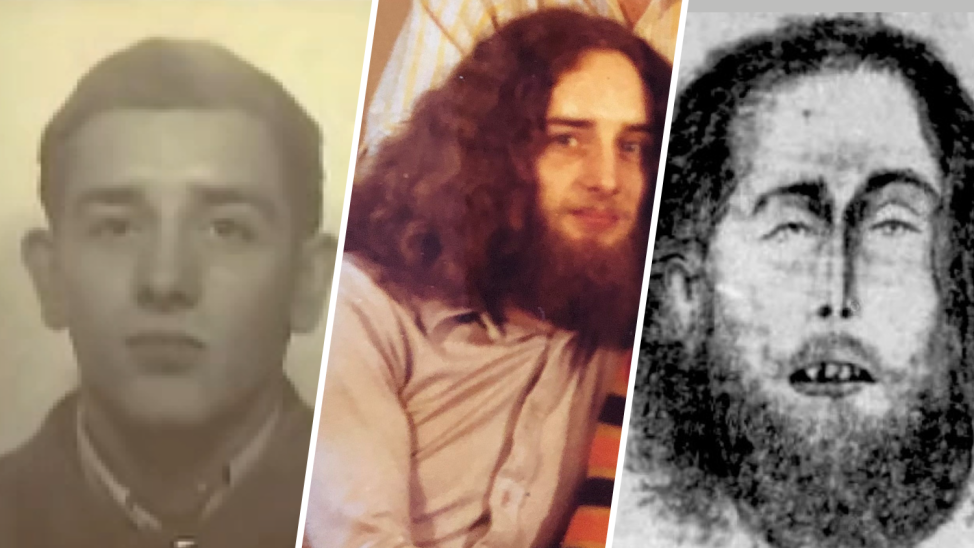
The resolution of this case also brings a reflective moment for the community. For nearly half a century, the “Pinnacle Man” was a mystery, a nameless figure that represented the unknown. With his identity now known, there is an opportunity to reflect on the broader issues of mental health and the tragic circumstances that can lead to such a lonely end.
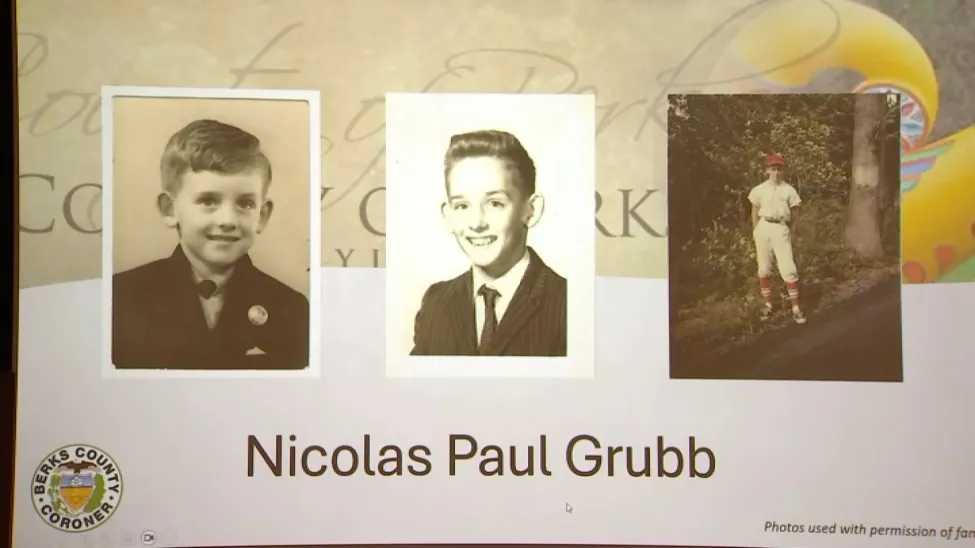
While the identification of Grubb closes one chapter, investigators are still piecing together the full story of his life leading up to his death. They are reaching out to people who may have known him during his final years to better understand the events that led to his tragic end in that cold cave.

The story of the “Pinnacle Man” will likely be remembered for many years to come, not just for the mystery that surrounded it, but for the way it was finally solved. It highlights the importance of never giving up on a case, no matter how old, and serves as a testament to the dedication of those who seek to bring closure to the unidentified and the unknown.

